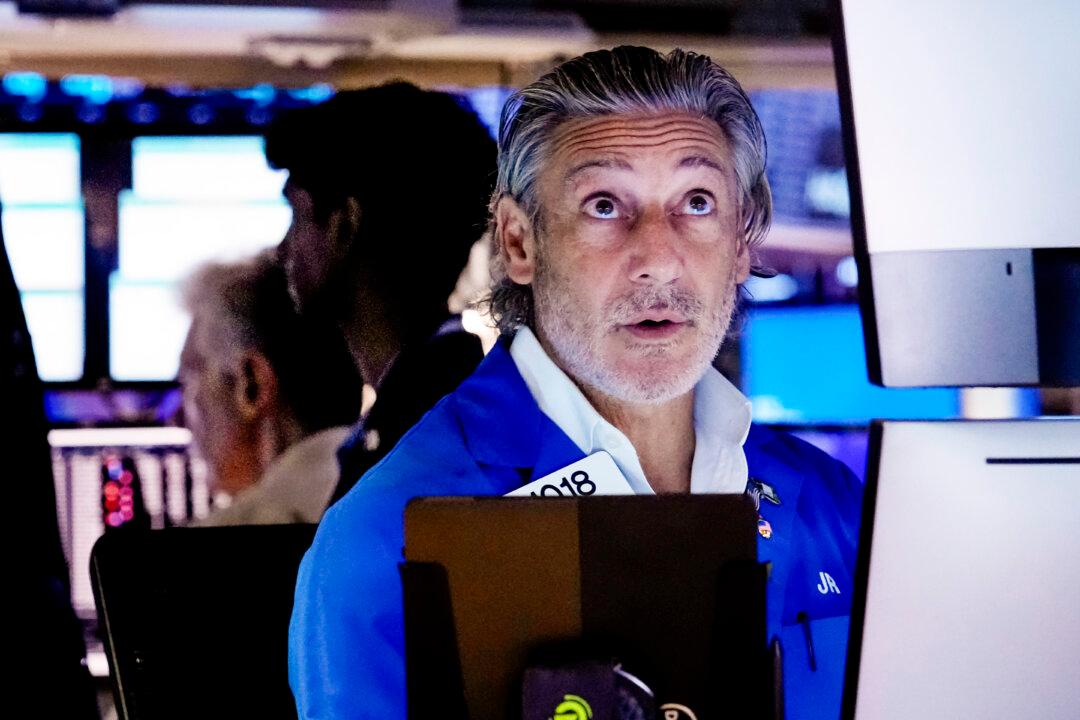The Dow Jones Industrial Average saw early gains on Wednesday before turning negative by midday, two days after it posted a more than 1,000-point loss amid fears of a possible U.S. recession.
As the market closed, the Dow dropped 234 points, while the Nasdaq Composite dropped 171 points, or 1 percent. The S&P 500 Index also posted a 40-point loss.





